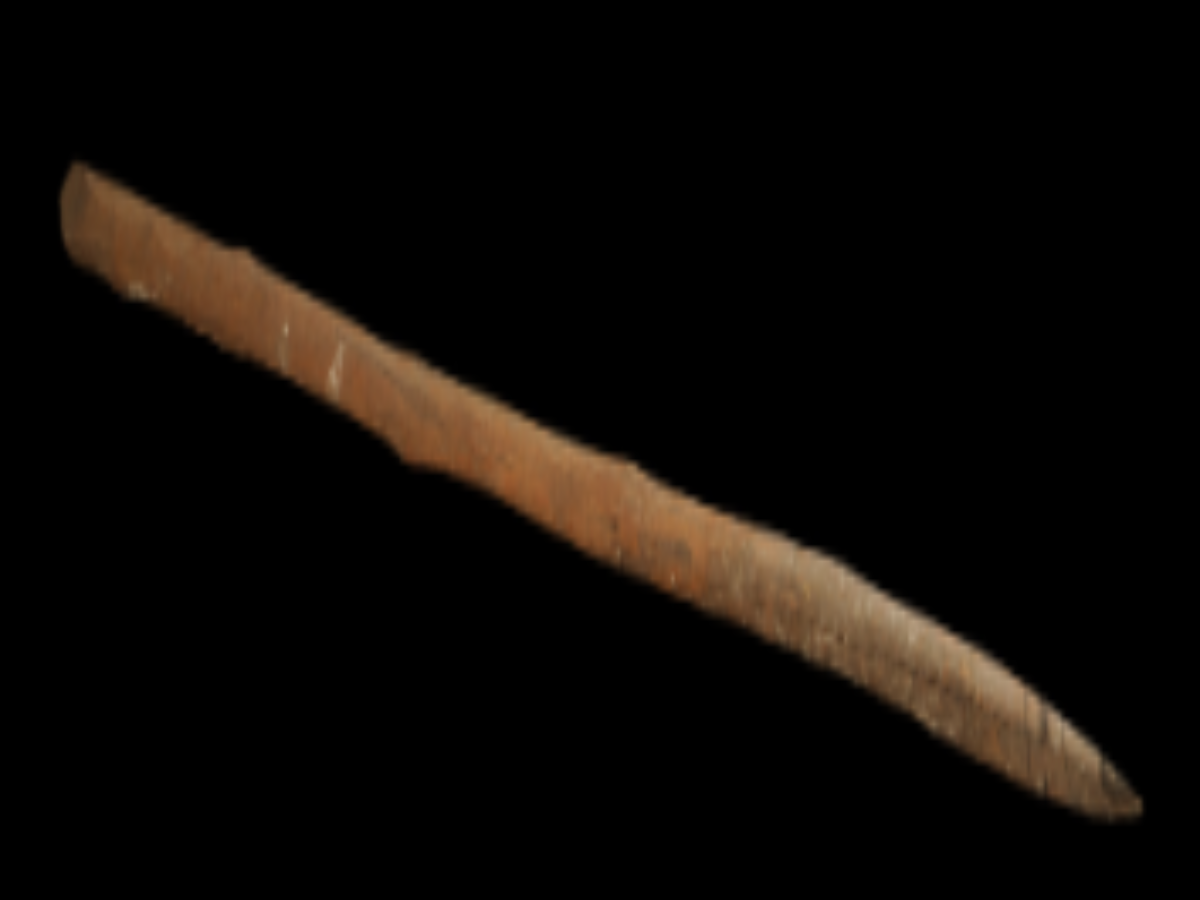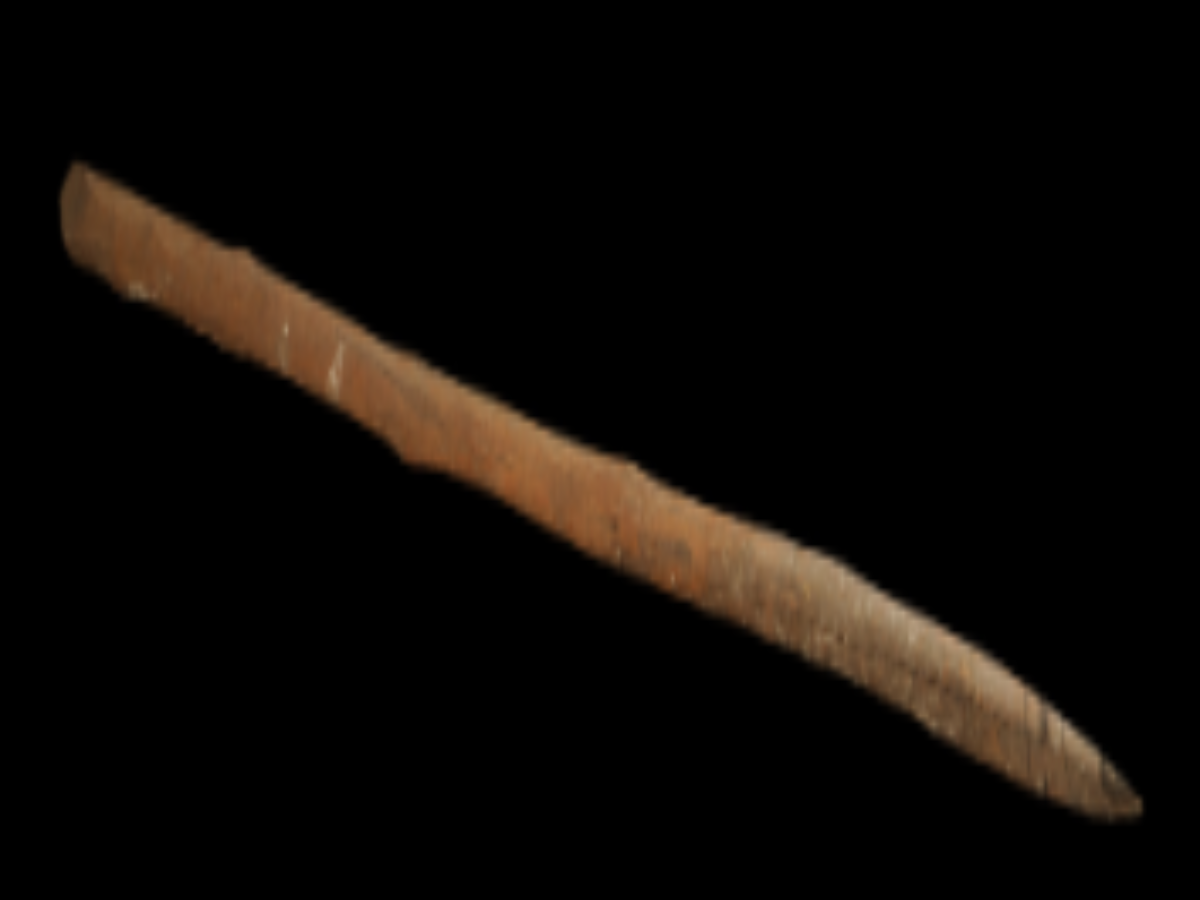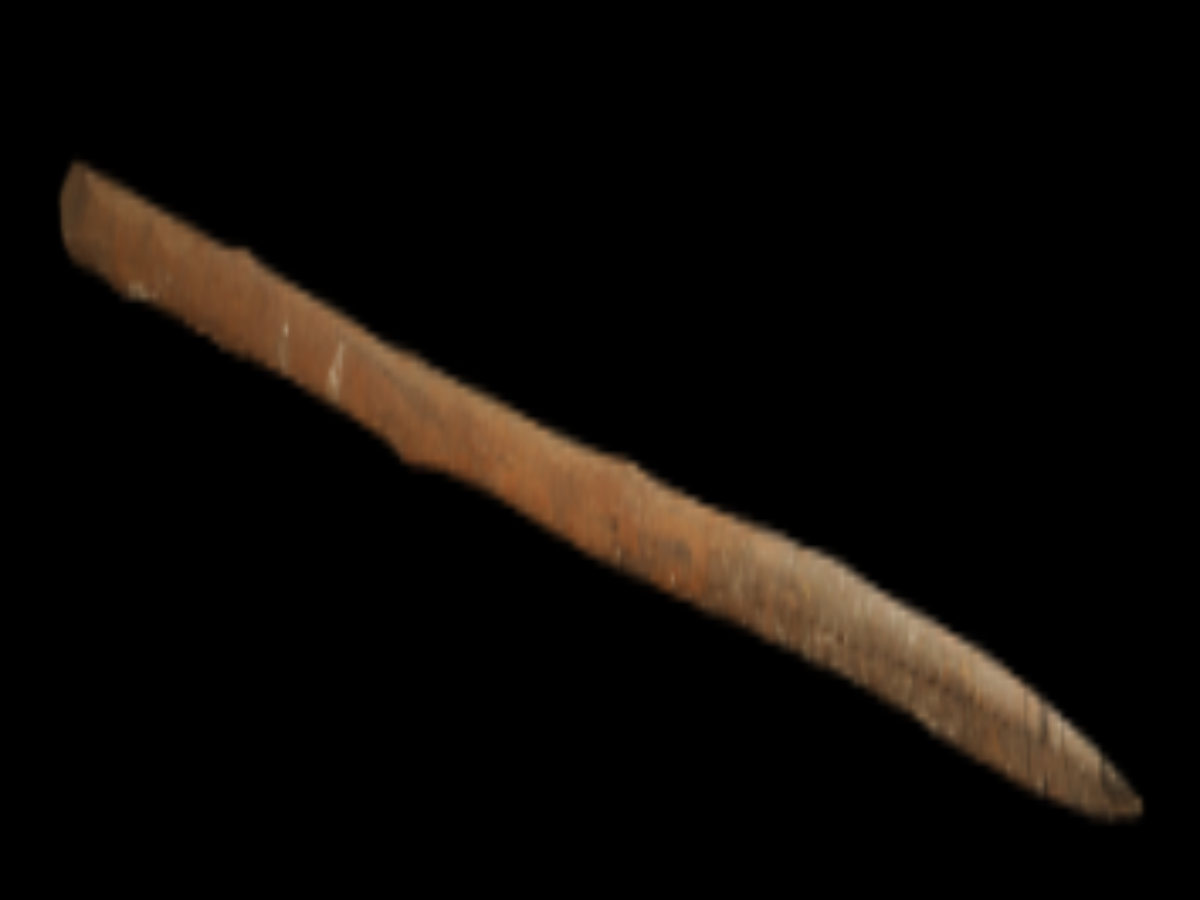State
Tribe Name
Art Type
short description
The Birhor Tribe which falls under the Particularly Vulnerable Tribal Group (PVTG), mostly inhabited by people who live in forest areas of Jharkhand like Hazaribagh, Latehar, and Palamu, are all said to have a history of forest-based living. The Birhor people are extremely dependent on simple but effective tools made from natural resources. An example of such a tool is the Highar: a traditional digging stick used extensively to dig into and turn over soil for the purpose of agriculture or foraging activities. The tree branch would be quite straight, strong, and carefully selected for the Highar. The end of the stick would be pointed so as to easily penetrate the earth for easy subsurface soil penetration. The entire design is a natural one, without any metal, which symbolizes the sustainable use of forest resources and understanding of the Birhor tribe in their locality.
Thumbnail

Filter Postion
Left
Filter Background
Off
Theme
Filter Header Image

content
Image

description
The Birhor Tribe which falls under the Particularly Vulnerable Tribal Group (PVTG), mostly inhabited by people who live in forest areas of Jharkhand like Hazaribagh, Latehar, and Palamu, are all said to have a history of forest-based living. The Birhor people are extremely dependent on simple but effective tools made from natural resources. An example of such a tool is the Highar: a traditional digging stick used extensively to dig into and turn over soil for the purpose of agriculture or foraging activities. The tree branch would be quite straight, strong, and carefully selected for the Highar. The end of the stick would be pointed so as to easily penetrate the earth for easy subsurface soil penetration. The entire design is a natural one, without any metal, which symbolizes the sustainable use of forest resources and understanding of the Birhor tribe in their locality.
It helps mostly in digging tubers; it is also used for preparing small plots for cultivation or loosening the soil during minor farming activities. It is so lightweight and handy that hilly and uneven terrain will easily be operated on by the Birhor. The Highars give evidence of the adaptation strategies of the people as well as the use of environment-friendly handmade implements to satisfy the daily needs of the tribe. These tools represent not just useful agricultural implements but, more importantly, the cultural identity and the environmental harmony which such Indigenous communities as Birhor often uphold.
It helps mostly in digging tubers; it is also used for preparing small plots for cultivation or loosening the soil during minor farming activities. It is so lightweight and handy that hilly and uneven terrain will easily be operated on by the Birhor. The Highars give evidence of the adaptation strategies of the people as well as the use of environment-friendly handmade implements to satisfy the daily needs of the tribe. These tools represent not just useful agricultural implements but, more importantly, the cultural identity and the environmental harmony which such Indigenous communities as Birhor often uphold.
Image Mode
landscape
promoted
On
Verified
Off
